|
At Food Fur Life, we advocate for and encourage the feeding of raw food. That said, a (properly balanced) home prepared food made with all human grade ingredients, even if cooked, will always – in our opinion – be a superior choice to any commercial canned or kibble. This is why we formulated EZComplete fur Cats to properly balance food whether the meat used with the premix is cooked or raw. The premix powder includes both pancreas and digestive enzymes so all kitties fed food made with our premix are consuming those needed digestive enzymes. We understand there may be personal reasons to cook. With that in mind, we share the information in this article to help you make informed choices: whether or not to cook, and if cooking, which method will both suit your lifestyle and be most healthful for your kitty.
When we first entertain the idea of homemade food for our pets, it’s quite common to have questions, if not concerns, about raw feeding and bacteria. Unless we are lucky enough to have a veterinarian that is knowledgeable about raw feeding, these questions often grow into fears once we chat about the diet change (if the notion of homemade food is not completely discouraged). The only consideration when it comes to cooking for our pets, typically, is the fear-based potential for bacterial contamination. We treat the question "to cook or not to cook?" as if cooking is benign, and has no impact apart from making food “safer.” Sure, we all know we need to account for nutrient loss. But the decision to cook for our pets is not so straightforward. There are other important factors to consider – especially if it is cancer or an inflammatory disease that prompted us to explore making food for our furry family members. Having eaten cooked food for anywhere from 400,000 to 1.8 million years, humans have adapted to eating cooked food. Our pets, naturally hunters and scavengers, have not. In their evolutionary timeline, commercial foods only became a part of their diet full time within the last few decades. Cooking their food may have unintended health consequences, as they are perfectly designed for eating not just raw meat and organ, but what we would consider contaminated raw meat and organ. Of course WE would likely get sick if we ate raw meat contaminated with bacteria. But this an instance where we should not humanize our pets. Veterinarians are quick – and rightly so – to point out the nutritional needs of our pets are quite different than our own. Of course those differences extend to the defense systems of our bodies versus those of our pets. Of course our pets are well adapted to their natural evolutionary diets of hunting and scavenging. And of course our pets have biological mechanisms in place to protect them from this risk that we do not. We address this in our article “Why You SHOULD Feed Your Immune Compromised Cat Raw Food.” So what is the real difference between raw and cooked? Cooking:
Why are enzymes so important to our pets? Enzymes are present in all living animal (and plant) cells: they are the catalysts of all naturally occurring biochemical processes that take place in our (and our pets’) bodies. Without enzymes, we cannot utilize the nutrition we eat, and neither can our pets. The processes that enzymes catalyze would take so long without them, we couldn’t survive. As we have discussed in numerous articles, cats are not “just” carnivores, cats are metabolically inflexible hypercarnivores. Biologically, cats have made no adaptations to eating anything other than their natural diet. And that diet is raw. As Dr. Jean Hofve explains in the Spring 2012 issue of IVC Journal in her article, “Enzymes,” “The thousands of enzymes produced by the body aid in a wide variety of chemical reactions. There are two major classes of enzymes: metabolic and digestive. Digestive enzymes are produced primarily in the pancreas and released into the duodenum to help digest food coming from the stomach. The intestines themselves also secrete amylase and other digestive enzymes.” Dr. Hofve goes on to note that “Research in animals has shown that the production of digestive enzymes is independent of diet. That is, animals are biologically programmed to produce specific types and amounts of digestive enzymes in response to food ingestion, regardless of what food they actually eat. Only major evolutionary shifts, such as changing from omnivorous to insectivorous lifestyles, affect these systems. Our carnivorous pets have not, and cannot, adapt their digestive functions to processed diets, which, after all, have only been widely used for a few decades.” [Bold, our emphasis] In the wild, cats eat the entire animal. Their digestive and metabolic systems are designed to benefit from the supplemental enzymes consumed. When we feed our pets cooked food, we are providing food that is devoid enzymes. While cooking is a form of "predigestion" in that it alters the structure of the proteins in any food making it easier to break down, humans have had, as discussed above, at least four hundred thousand years to adapt to cooked food. So it is that our organs, especially our pancreas, are much larger relative to body size compared to that ratio in other animals. Dr. Hofve also addresses this in her IVC Journal article on enzymes for pets. The bottom line is that we have had hundreds of thousands of years to adapt to this change in food eating. It is only within the last 20 years or so that many cats were brought indoors 100% of the time, becoming 100% dependent on our cooked, literally processed to death foods, requiring long lists of vitamins and minerals be added back. We see the impact of this change to a diet lacking any fresh raw food or any hunted or scavenged prey in the top health issues and diseases cats suffer. As Dr. Hofve points out, “Evidence … strongly suggests that eating foods devoid of enzymes as a result of cooking, food irradiation, and microwaving causes an enlargement of the pancreas and also stresses associated endocrine glands… In all of nature, the human pancreas is three times larger, as compared to total body weight, than that of any other animal. What is interesting is that when mice are fed cooked foods, the ratio of their pancreas weight to total body weight becomes approximately that of a human’s. When they are switched back to a raw-food diet, their pancreas shrinks back to normal size. The most obvious conclusion is that the pancreas becomes hypertrophied, or enlarged, because it is forced to keep up a high digestive enzyme output.” [Bold, our emphasis] It would seem this process is happening to our cats. In a 2008 review article on pancreatitis by researchers at Texas A&M, it was noted that necropsy examination of the pancreas of 115 cats (both sick and healthy) discovered findings consistent with pancreatitis in 67% of cases (including 45% of “apparently healthy cats”). Let that sink in a moment. Two-thirds of cats had an enlarged pancreas consistent with chronic pancreatitis. We do not know that lack of enzymes in the diet is a cause of or even contributor to pancreatitis. But as the incidence of pancreatitis causing illness in our cats has risen to the point of ranking in the top 10 reasons for a vet visit in 2015 (according to Nationwide (formerly VPI) Pet Insurance), we should be mindful of their need for additional enzymes if eating cooked foods. It is a true testament to the resilience of our cats that so many do as well as they are, having had zero time in the scale of the species to adapt to any of the dietary changes we have forced them to make. The lack of enzymes is just one of many. Is cooked food ever appropriate for my pet? Older pets being transitioned to homemade, or pets with very damaged or sensitive GI tracts, may only be able to eat cooked food comfortably until their GI tracts have had time to heal. When your pet has a bout of diarrhea or vomiting, or if your pet has inflammatory bowel disease and/or pancreatitis and is in a flare, feeding a bland diet of plain cooked meat for a short period of time is often recommended to help settle the GI tract. Am I harming my cat if I feed cooked meat? There are no studies of the impact of Malliard reaction compounds or Advanced Glycation End products in cats. But if we suspect those compounds may present similar health problems to our cats as to ourselves, it is best to be mindful of the problem and make informed cooking choices. Low temperatures and moisture minimize AGEs and do not produce Maillard reaction compounds like heterocyclic amines. A slow cooker on low, the stove top in simmering water, or our baking instructions using moist heat (adding water to the pan and covering the pan with foil) are the best choices. With high heat, dry cooking (typically grilling, frying or roasting), the food will contain these compounds. Of course, as with everything, moderation is advised. You can provide your cat a tasty treat, but don't feed them something cooked via such high heat all the time. In addition to cooking at lower temperatures and with moisture, you can further minimize the impact of cooking by adjusting the "doneness" of the meat. If you are not convinced our pets are safe eating raw meat, consider lightly cooking the meat instead of cooking it to well done. The surface of the meat is the only area that may have been exposed to bacteria, so it is only the outside of the meat that needs to be cooked. There is no need to cook the meat all the way through. Importantly, this approach offers kitty the opportunity to benefit from some primarily raw food with most of its structure, nutrition, and enzymes intact.
0 Comments
YES! Pork is a wonderful meat for cats. Most cats both love pork and do very well with it. At Food Fur Life and in our Raw Feeding for IBD Cats group we often recommend pork loin as a starter meat when introducing raw food to cats. For many it is essentially a “novel” protein. Of course it should be introduced properly and slowly as with any new food or new protein in a raw diet. An excellent source of taurine, pork is a healthy addition to any homemade food protein rotation (though we'd like to note the more electrically active muscles will always have much higher concentrations, e.g. tongue, lung, heart and the dark meats - in pork, being the shoulder). The most maligned meat, many of the myths and misconceptions surrounding the feeding of raw pork are simply outright misinformation; others are outdated health concerns. Let’s address those myths and fears. They are:
Of course, when we say pork is a wonderful raw meat for cats, we do not mean bacon or ham. Salted or smoked meats should never be fed to any pet, due to the sodium content, smoke flavoring chemicals, nitrates and potentially preservatives. But cuts of pork meat: loin, boneless rib meat, butt, shoulder – these are all excellent sources of protein and should be welcomed in any healthy meat rotation in a raw diet. With moderate fat, and low in saturated fats compared to other red meats, pork truly is “the other white meat.” So put your fears aside, and let your kitty enjoy this nutritious protein in its natural state. Happy Independence Day!
Independence Day is a time for celebration, for family and friends gathering, for barbecues, and of course for fireworks!
While for us it is a very fun day, for our pets that means unfamiliar faces and smells and lots of loud noises... They can become very fearful and disoriented. MORE PETS GET LOST ON 4TH OF JULY THAN ANY OTHER DAY OF THE YEAR. Follow these steps to keep your pets safe on Independence Day:
|
Archives
August 2021
Categories
All

|
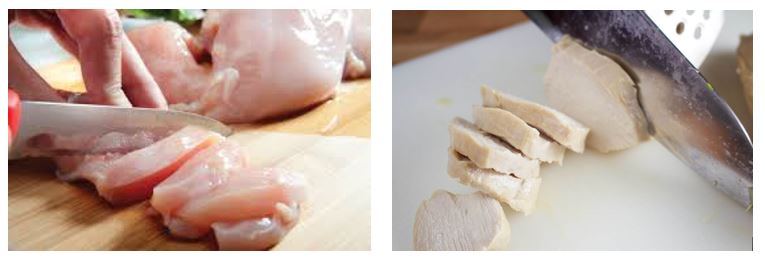

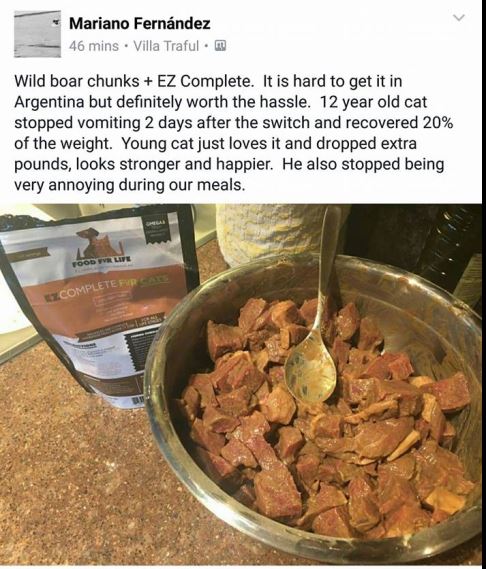
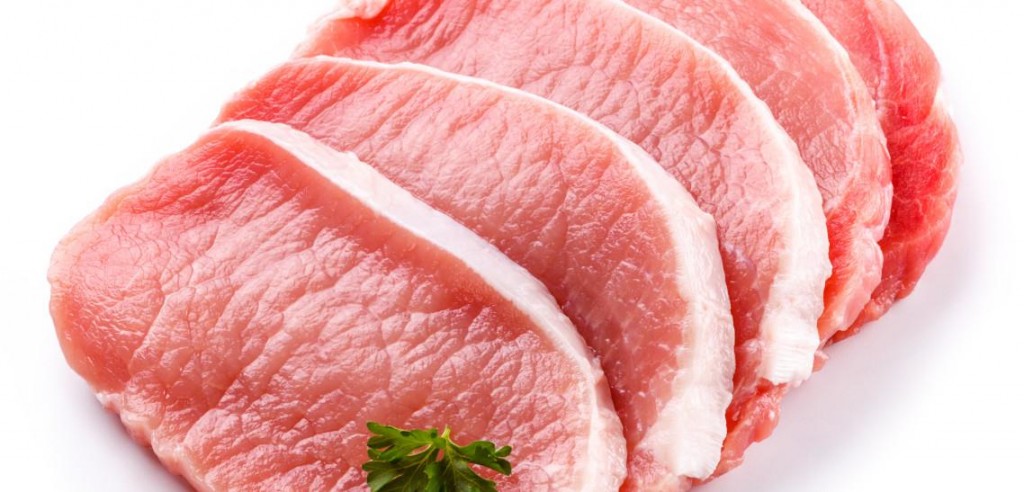
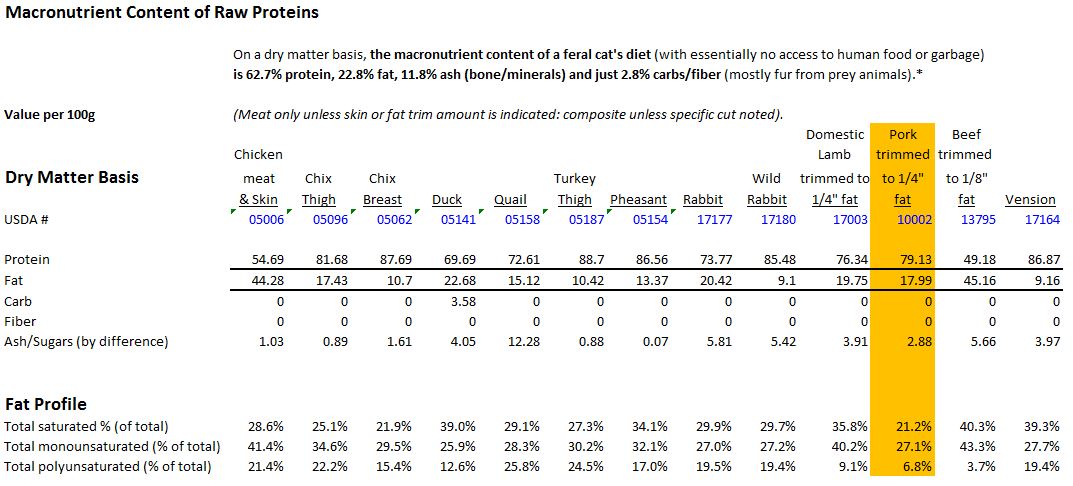

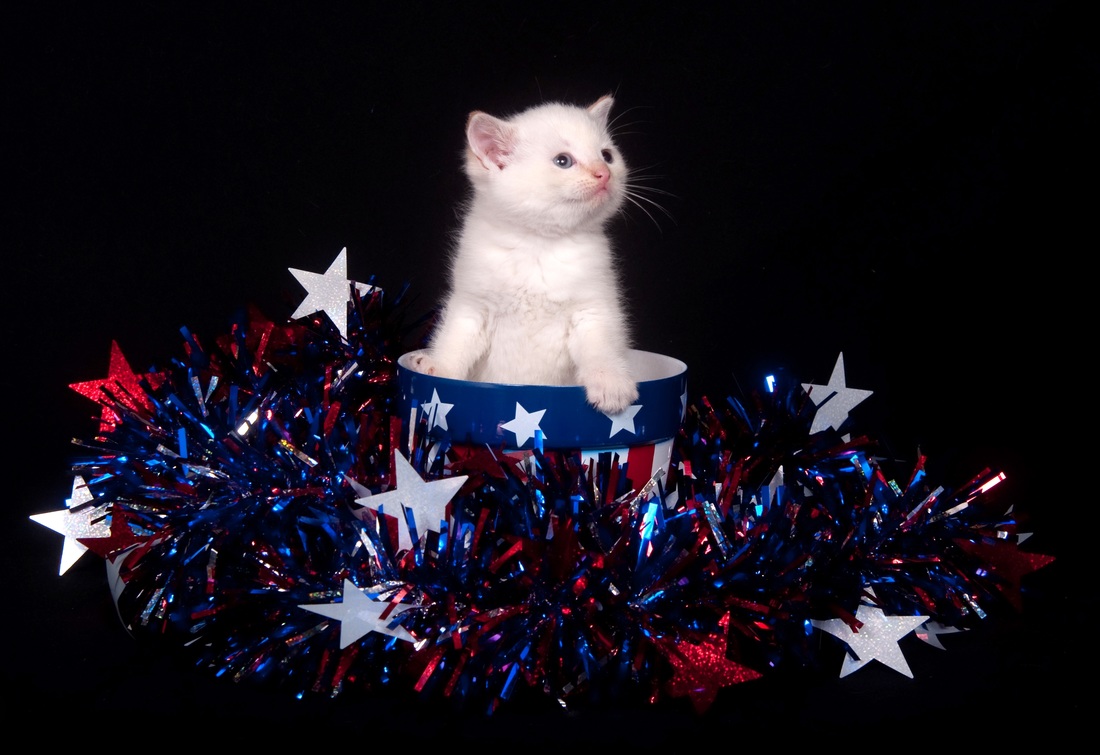
 RSS Feed
RSS Feed